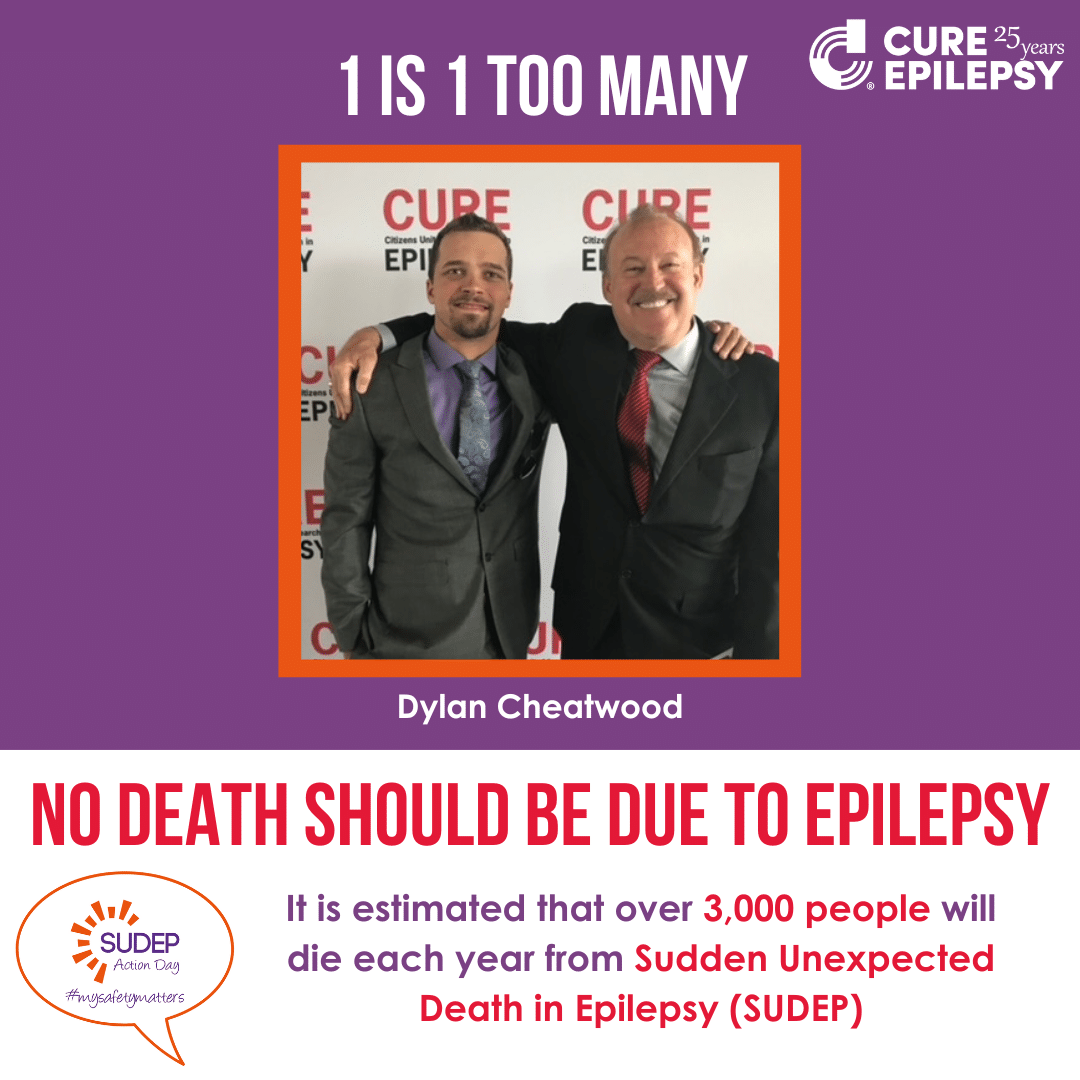Assessment of an Under-Mattress Sensor as a Seizure Detection Tool in an Adult Epilepsy Monitoring Unit
January 20, 2023
Abstract found on PubMed
Objective: Because of SUDEP (Sudden and unexpected death in epilepsy) and other direct consequences of generalized tonic-clonic seizures, the use of efficient seizure detection tool may be helpful for patients, relatives, and caregivers. We aimed to evaluate an under-mattress detection tool (EMFIT®) in real-life hospital conditions, in particular its sensitivity and false alarm rate (FAR), as well as its impact on patient care.
Methods: We carried out a retrospective study on a cohort of patients with epilepsy admitted between September 2017 and June 2021 to Amiens University Hospital for a video-EEG of at least 24 h, during which at least one epileptic seizure was recorded. All video-EEGs records were analyzed visually in order to assess the sensitivity of the under-mattress tool (triggering of the alarm) and to classify the seizure type (convulsive/non convulsive). We also considered whether nurses intervened during the seizure, and the time of their intervention if applicable. An additional prospective survey was conducted over 272 days to analyze the FAR of the tool.
Results: A total of 220 seizures were included in the study, from 55 patients, including 23 convulsive seizures from 15 patients and 197 non-convulsive seizures. Sensitivity for convulsive seizure detection was 69.6%. As expected, none of the non-convulsive seizures was detected. The false alarm rate was 0.007/day. Median trigger time was 74 s, decreasing to 5 s for generalized tonic-clonic seizure. The frequency of nurses’ intervention during convulsive seizures was significantly greater in case of the alarm triggering (100% vs 57%, p<0.02).
Significance: These results suggest that EMFIT® sensor is able to detect convulsive seizures with good sensitivity and low false alarm rate, and allows caregivers to intervene more often in the event of a nocturnal seizure. This would be an interesting complementary tool to better secure the patients with epilepsy during hospitalization or at home.






